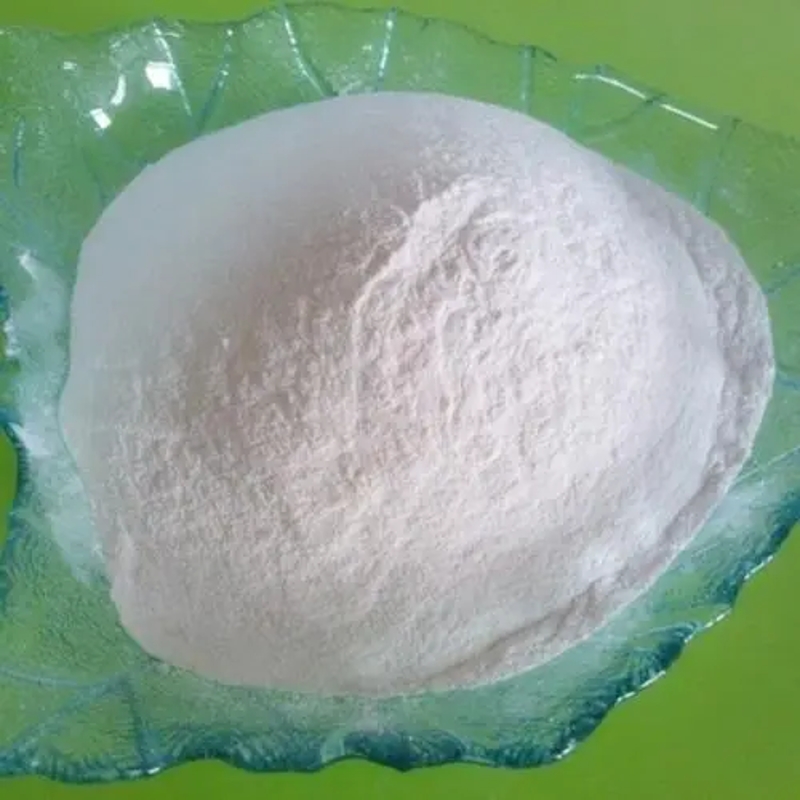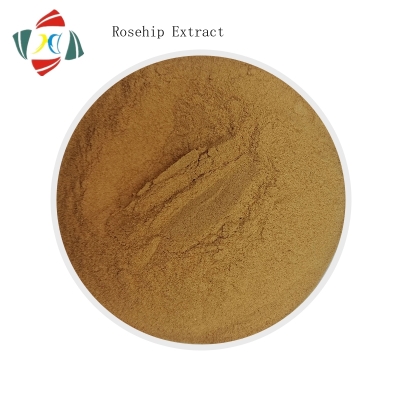Science: Chinese scientists have discovered the N-end domain of human-to-antibody-combined SARS-CoV-2 stingproteins.
-
Last Update: 2020-07-19
-
Source: Internet
-
Author: User
Search more information of high quality chemicals, good prices and reliable suppliers, visit
www.echemi.com
, June 25, 2020 /PRNewswire-bio-valley bio-valley/--- COVID-19 outbreak has become a serious threat to human healthCOVID-19 is caused by the new coronavirus SARS-CoV-2The virus is a positive-chainenRNA virus that can cause symptoms such as coughing, headache, dyspnea, myalgia, fever and severe pneumonia in humansSARS-CoV-2 is a member of the genus beta coronavirus, which also belongs to the beta coronavirus, which caused the epidemic in 2002 and 2012, respectivelySARS-CoV-2 has about 80% sequence consistency with SARS-CoV and uses the same cell receptor --- angiotensin conversion enzyme 2 (ACE2) --- into the host celltriple-polymer protrusion protein (S protein) adorns the surface of the coronavirus and plays a key role in the virus's entryDuring infection, the S protein is cut into The S1 subkey at the N-side and The S2 sub-sub-at the N-side by the host protease (e.gTMPRSS2) and changes from the pre-fusion state to the post-fusion stateS1 and S2 are composed of extracellular domains (ECD, 1-1208 amino acids) and a single transmembrane helix, which mediates receptor binding and membrane fusion, respectivelyS1 consists of an N-end domain (NTD) and a receptor-binding domain (RBD), which is critical to determining tissue addiction and host rangeRBD is responsible for combining with ACE2, and the function of NTD is not yet clearIn some coronaviruses, NTD may identify specific glycogroups at initial attachment and may play an important role in the transition of S proteins from pre-fusion to post-fusion statesNTD of the MERS-CoV S protein can act as a key epipoint for neutralizing antibodiesimages from Science, 2020, doi:10.1126/science.abc6952monoclonal antibodies (mAb) with strong neutral and active targetING OF SARS-CoV-2 S proteins are a focus of the development of COVID-19 therapeutic interventionsNumerous studies have reported on the function and structure of SARS-CoV-2 neutralizing antibodies that target RBD and inhibit the binding of S proteins and ACE2 The use of a single RBD-targeted antibody may induce a resistance mutation of the coronavirus Antibodies that target non-RBD epitopes may be added to antibody combination therapy against SARS-CoV-2 not only the epitope distribution on the RBD of the S protein, but also the epitope distribution located on the entire S protein can be used to guide the development of therapeutic drugs targeting SARS-CoV-2 In a new study, researchers from the Chinese Academy of Military Medical Sciences, Westlake University and Tsinghua University separated and described mAb from 10 patients with REHABILITATION-aged COVID-19 The findings were published online June 22, 2020 in the journal Science with the title "A neutral neutral human anti-human body binds to the N-terminal domain of the protein of SARS-CoV-2" they isolated the three mAbs that showed neutrality and activity on the real SARS-CoV-2 A mAb called 4A8 has a high neutrality effect on real SARS-CoV-2 and SARS-CoV-2 fake viruses, but does not bind to RBD They analyzed the low-temperature electroscopy structure with a total resolution of 3.1 E when the 4A8 and S protein were combined, and the low-temperature electroscope structure with a local resolution of 3.3 e for the 4A8-NTD interface, thus determining the table of 4A8 as NTD of S protein This indicates that NTD is a promising target for therapeutic mAb for COVID-19 prevention and treatment interventions for SARS-CoV-2 infection are urgently needed in view of the continuing COVID-19 pandemic The study revealed the diversity of naturally occurring human SARS-CoV-2 mAb in gene use and epitope identification of S proteins isolated from B cells in 10 rehabilitation patients It is important to note that most isolated mAbs do not recognize RBD, and that all neutralized and real SARS-CoV-2 mAbs do not inhibit the binding of S proteins to ACE2 These unexpected results suggest that, in addition to inhibiting the interaction of this coronavirus with ACE2, there are other important SARS-CoV-2 neutralmechanisms targeting S1 mAb 4A8 did not block the interaction between ACE2 and S proteins, but in vitro the real SARS-CoV-2 and SARS-CoV-2 pseudo-viruses showed high neutrality It is reported that many neutralizing antibodies targeting SARS-CoV-2 are targeting THE RBD of the S protein, blocking the binding between RBD and ACE2 The results of this study show that 4A8 binds to NTD of the S protein and has strong neutrality Previous studies have shown that mAb 7D10 is most likely to bind to NTD of the MERS-CoV S protein by inhibiting the conformational changes of THE RBD-DPP4 binding and the S protein from pre-fusion state to post-fusion state The researchers compared the crystal structure of the 7D10 with the NTD of the MERS-CoV S protein with the structure of the 4A8-S protein complex and found that there was some overlap between the interface between mAb and NTD The 7D10 may inhibit the interaction between MERS-CoV and DPP4 through its light chain near the RBD In this 4A8-S protein complex, the light chain of 4A8 is far away from the RBD Therefore, they speculate that 4A8 may have neutralized SARS-CoV-2 by inhibiting the structural changes of the S protein In addition, the sequence comparisons of SARS-CoV-2, SARS-CoV and MERS-CoV S proteins show different NTD surface sequences that can be identified by different mAbs, respectively overall, the study reported on an all-human and mAb that identifies the fragile NTD epitope of the SARS-CoV-2 S protein, which is not related to receptor binding inhibition The combination of 4A8 and RBD-targeted antibodies may prevent the virus from escaping mutations and become a promising antibody combination therapy The information obtained from this study could be used to develop structure-based SARS-CoV-2 vaccine design (Bio Valley Bioon.com) Reference: Xiangyang Chi et al A neutralizing human antibody binds to the N-terminal domain of the Spike protein of SARS-CoV-2 Science, 2020, doi:10.1126/science.abc6952.
.
This article is an English version of an article which is originally in the Chinese language on echemi.com and is provided for information purposes only.
This website makes no representation or warranty of any kind, either expressed or implied, as to the accuracy, completeness ownership or reliability of
the article or any translations thereof. If you have any concerns or complaints relating to the article, please send an email, providing a detailed
description of the concern or complaint, to
service@echemi.com. A staff member will contact you within 5 working days. Once verified, infringing content
will be removed immediately.







